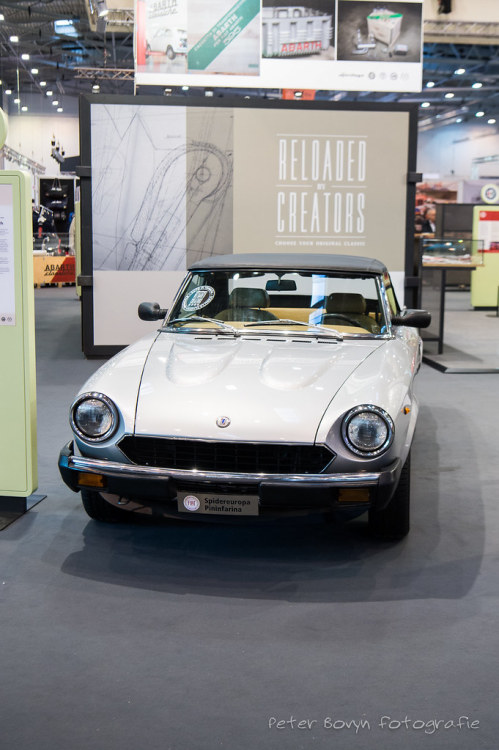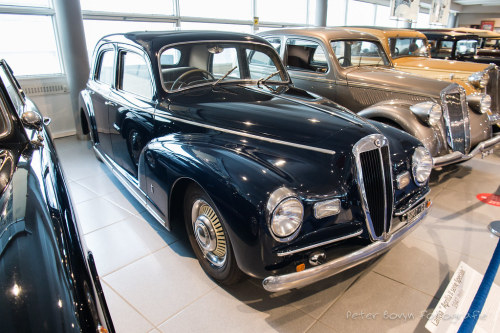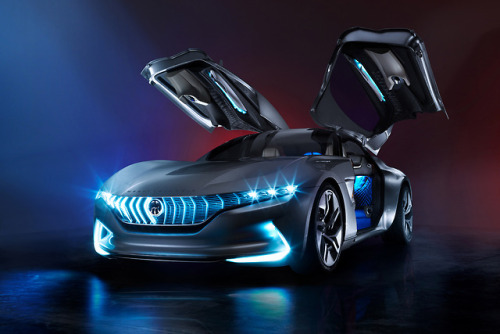
Ferrari 365 GT4 2+2 Berlinetta - 1975 by Perico001 Chassis n° 18537
Coachwork by Pininfarina
Bonhams : The Autumn Sale 2020
Estimated : € 80.000 - 100.000
Unsold
Autoworld
www.autoworld.be
Brussels - Belgium
September 2020
“Most important was the double overhead cam engine. Like Rolls-Royce, no horsepower figure was quoted, but surely it was at least 320. More important was its massive amount of torque. Taken together with the turbine-like characteristics of the V12 engine, it mattered little which gear one was in or at what speed.” – Stanley Nowak on the 356 GT4 2+2, Ferrari on the Road.
By the mid-1960s, 50 percent of all Ferraris produced were being built with four seats, and the 365 GT4 2+2, introduced towards the end of 1972, was the biggest and best equipped of this family of four-seaters that had begun with the 250 GTE back in 1960. Flagship of the Maranello range, it reaffirmed Ferrari’s determination to compete with the world’s finest luxury saloons. Based on the preceding 365 GT 2+2, albeit lower, longer and wider, the newcomer was fitted with a four-cam version of the Gioacchino Colombo-designed 4.4-litre V12 engine while retaining its predecessor’s mechanical underpinnings. Thus the ‘4’ came with all-independent suspension featuring Koni’s self-levelling system at the rear, while further refinements included mounting the engine and drive train in rubber bushes to insulate the car’s occupants from noise and vibration, and offering air conditioning and ZF power-assisted steering as standard equipment. A total of only 524 of the luxurious Grandes Routières had been completed by the time production ceased in 1976.
According to information supplied by Ferrari historian Marcel Massini, this beautifully presented 365 GT 2+2 was completed at Ferrari’s Maranello factory in May 1975 and supplied via the official Ferrari dealer Crepaldi of Milan to its first owner. The original colour combination was Azzuro Hyperion (a light blue metallic) with Nero Cogolo leather interior, the same as now.
The first owner was a Mrs Bruna Dondoni of Pavia in Northern Italy, who kept the car until 1982. The Ferrari was subsequently registered in Turin and more recently was owned by a resident of Pisa (from 2004 onwards). In 2014 the car passed into the hands of a well-known Italian nobleman in Tuscany (also the director of a bank) who owned it until 2019. The next owner commissioned a repaint in the original colour and at the same time the car received a through service at the Rome-based Ferrari dealer Samocar, for which invoices are available totalling almost €17,000. More recently the carburettors were cleaned, the air and oil filters changed, and the distributor caps and ignition leads renewed.
Offered with Italian registration documents and the aforementioned invoices, this beautiful 365 GT 2+2 represents a wonderful opportunity to purchase a classic Ferrari combining the legendary carburettor-fed 12-cylinder engine and manual gearbox together with accommodation for four passengers in arguably one of the best colour combinations for the model. https://flic.kr/p/2jFGnfu
from Tumblr https://somar78.tumblr.com/post/629709182174691329








